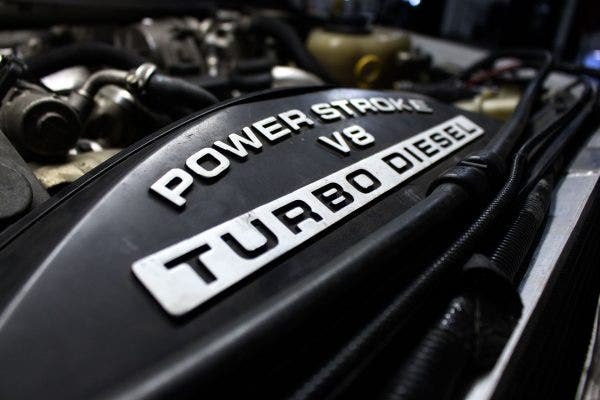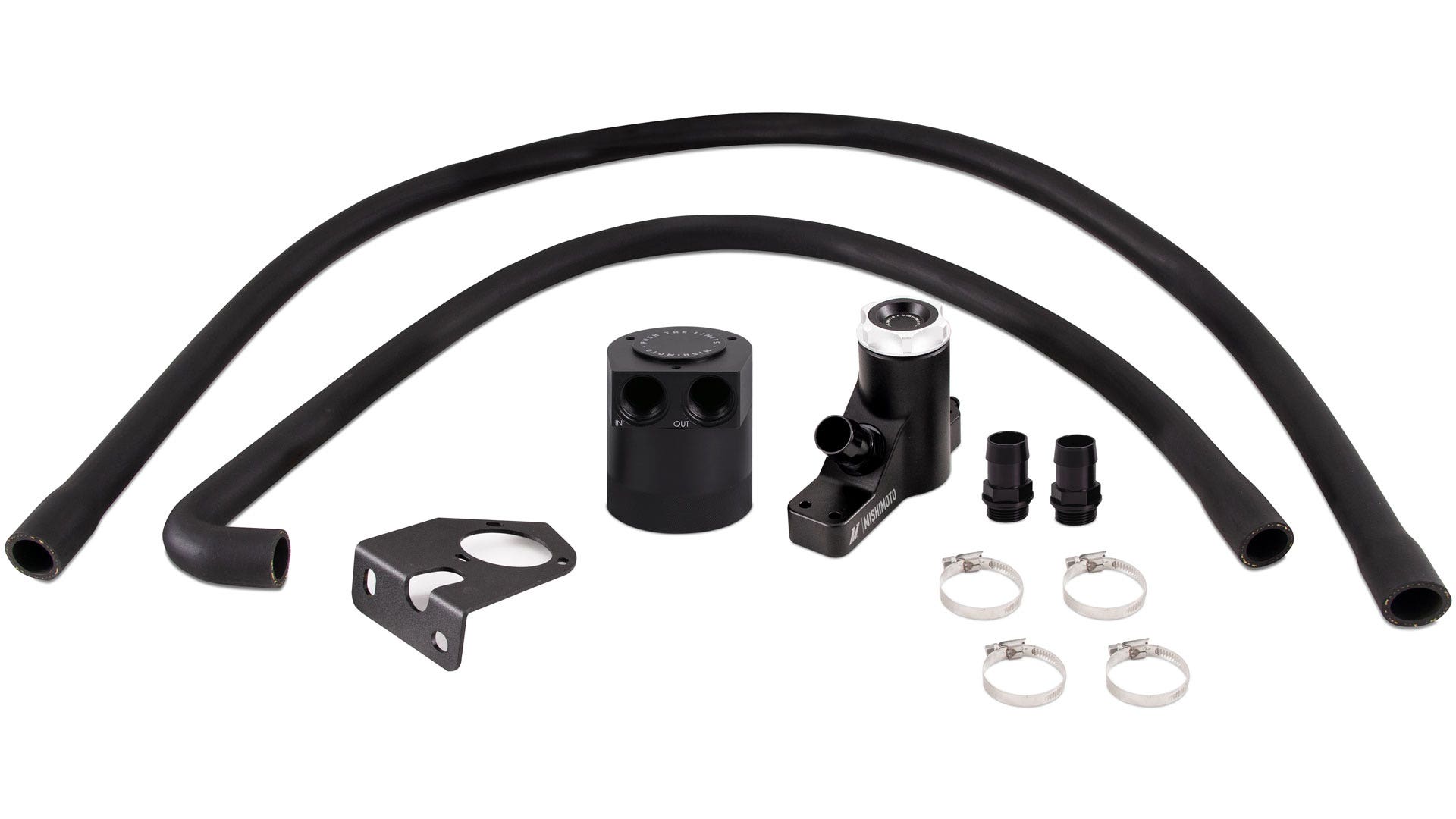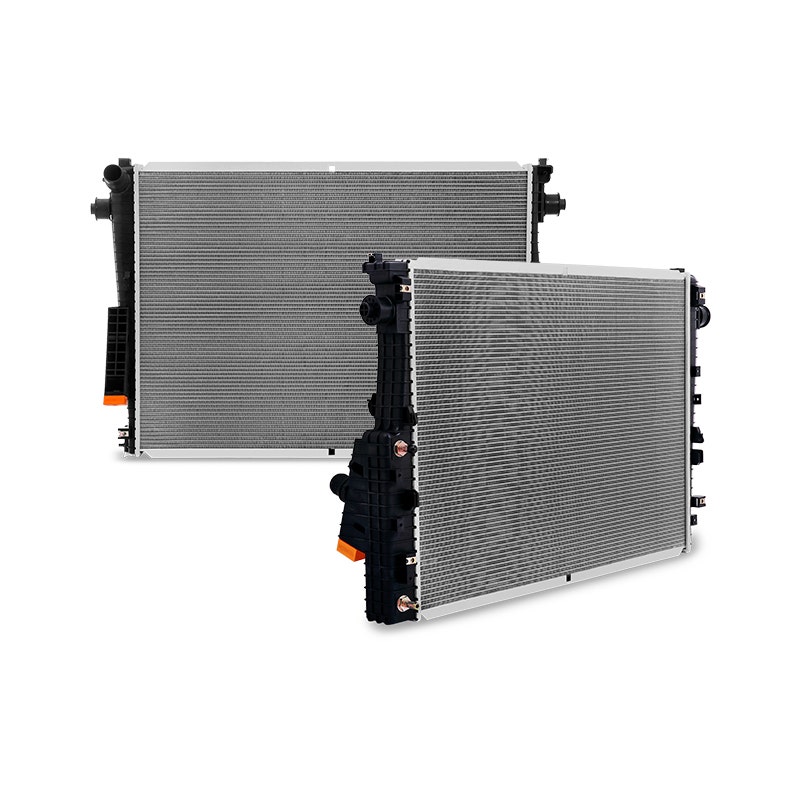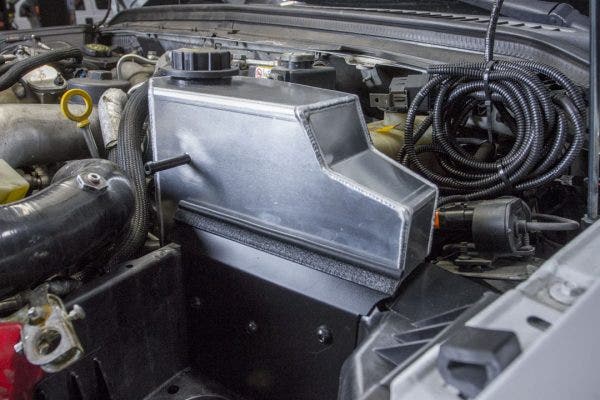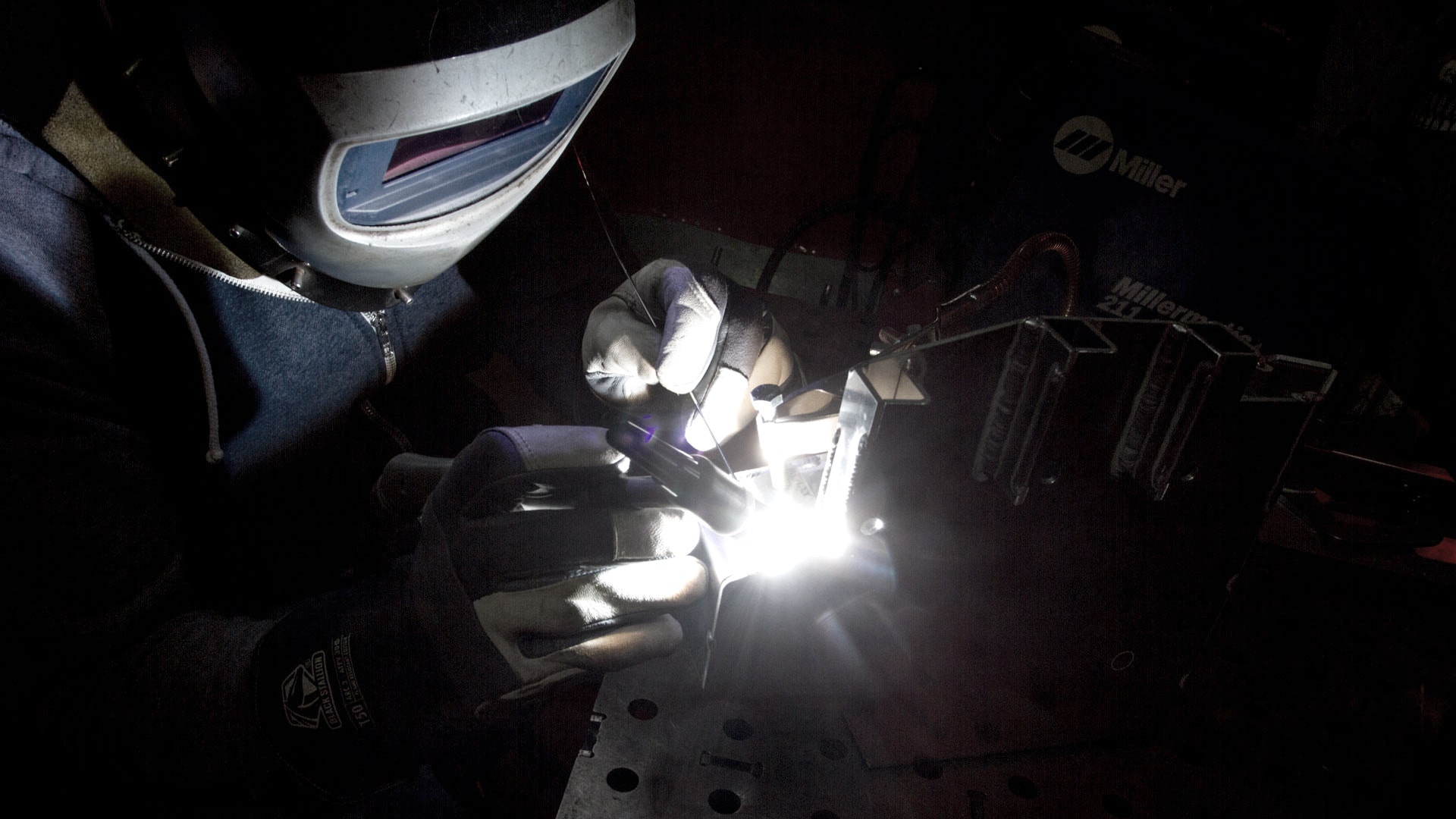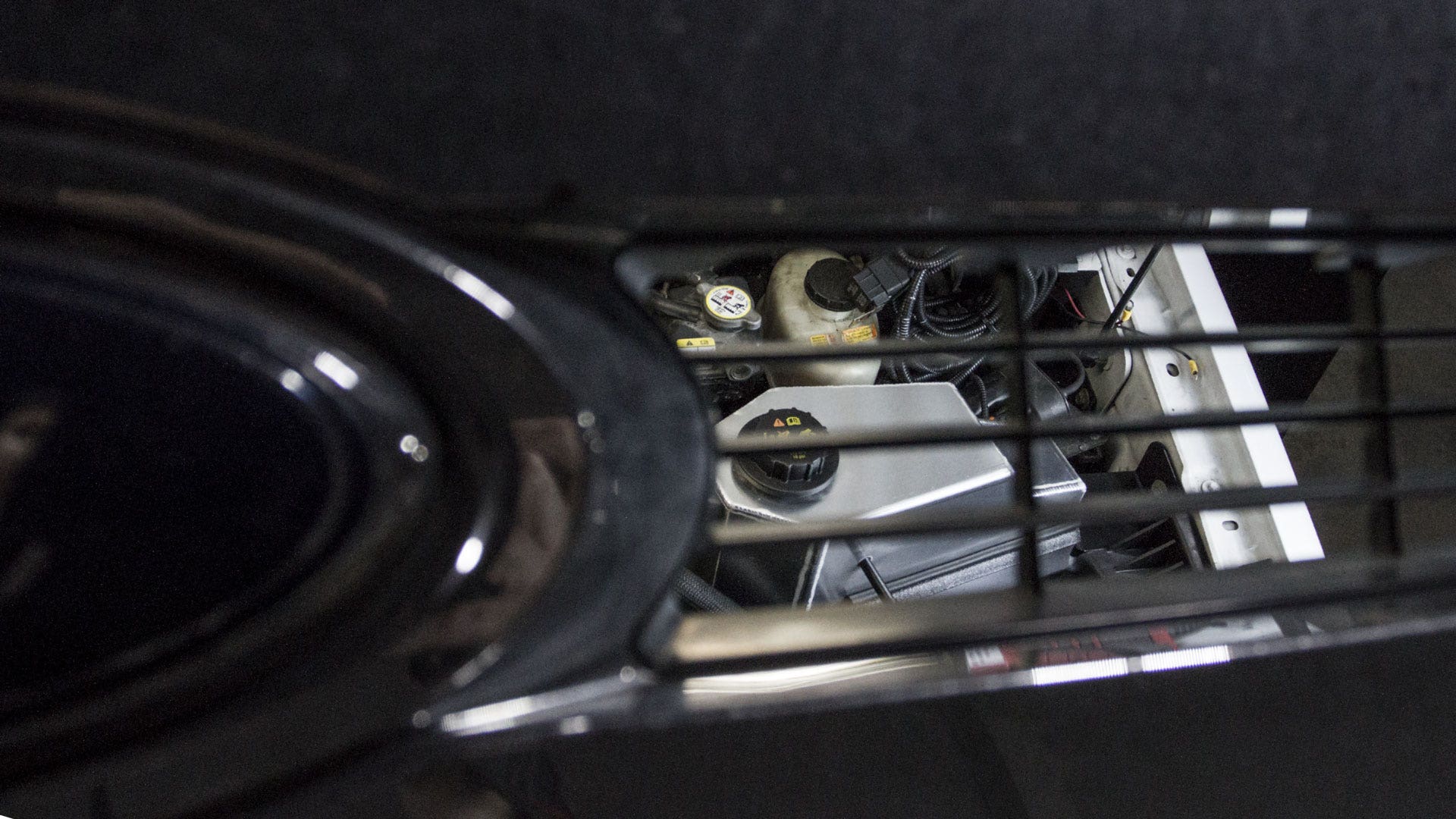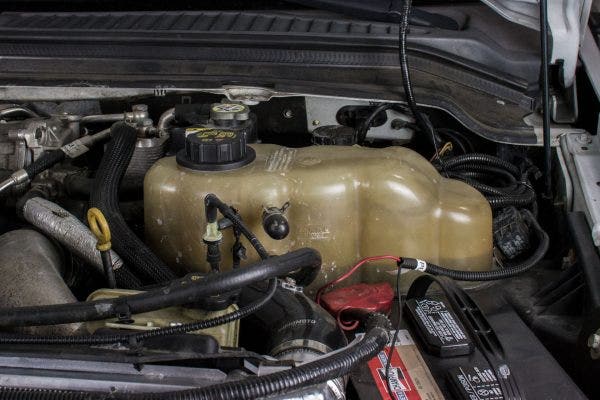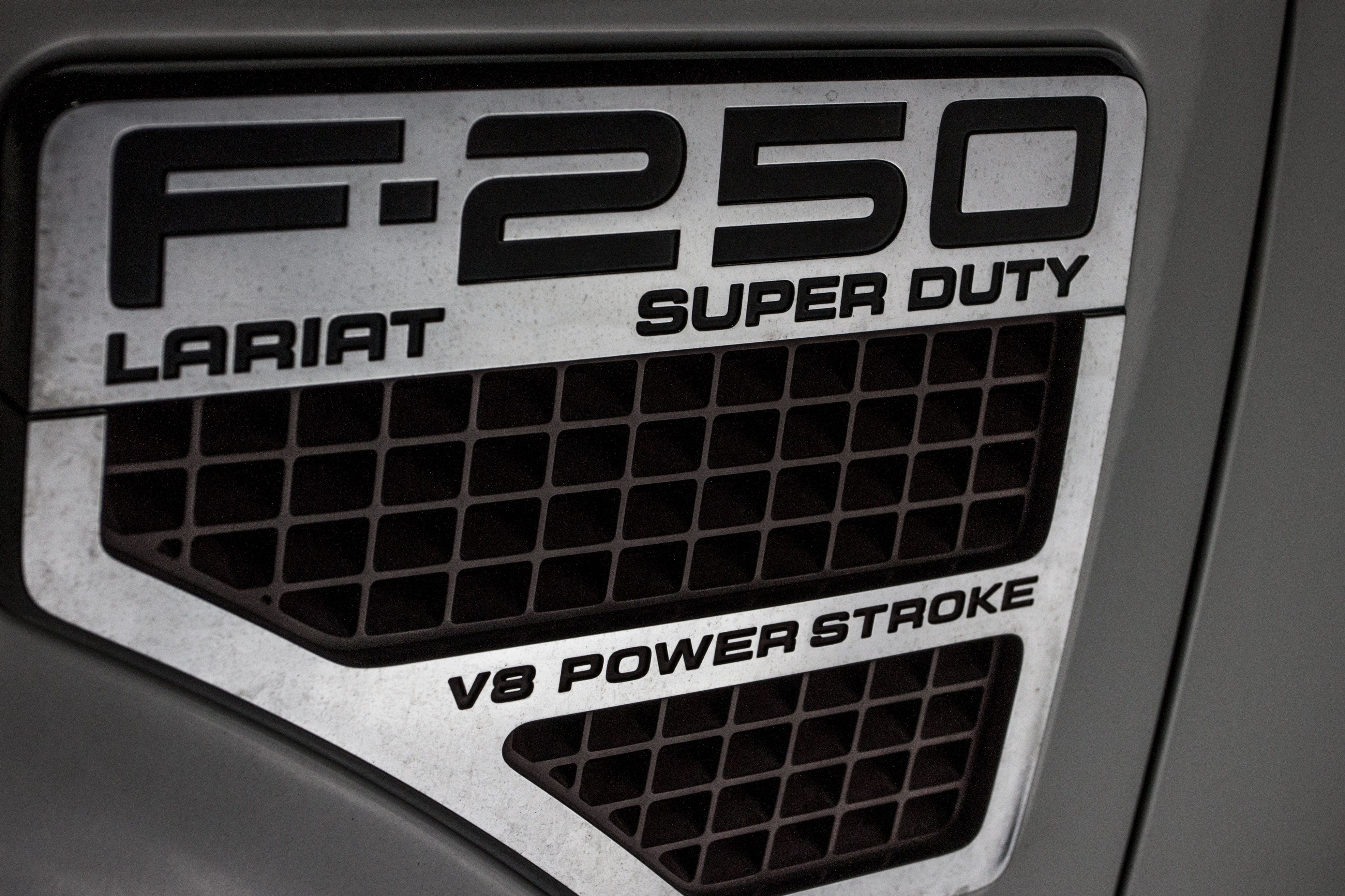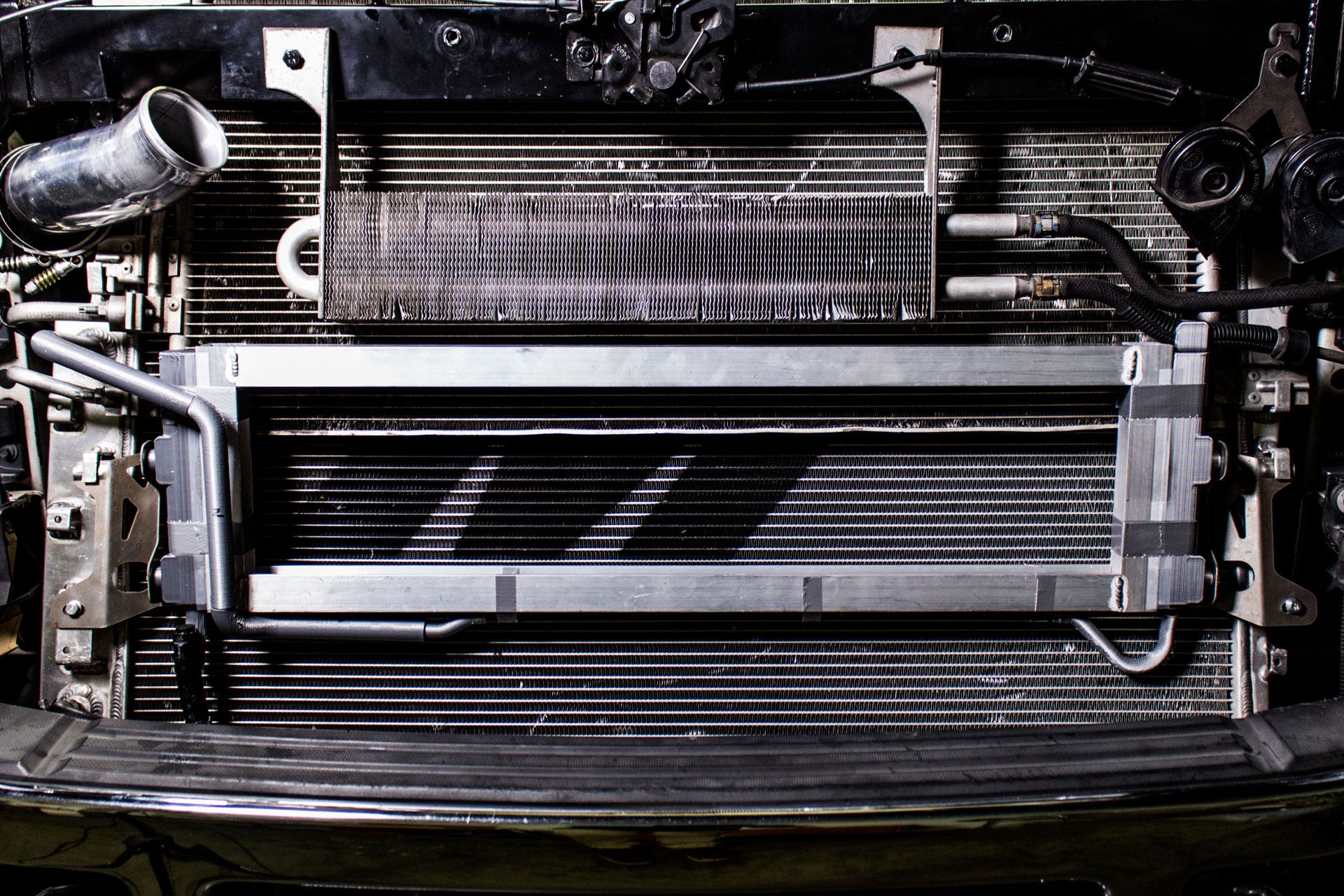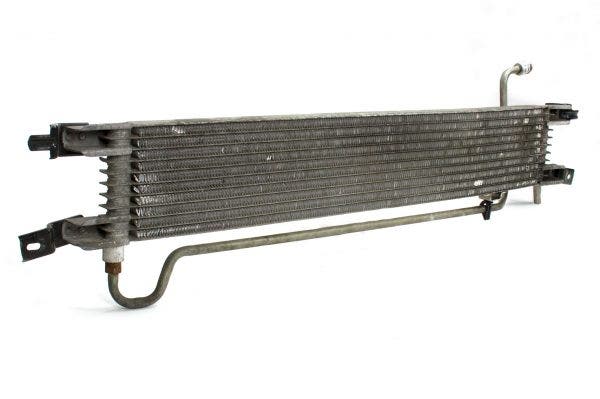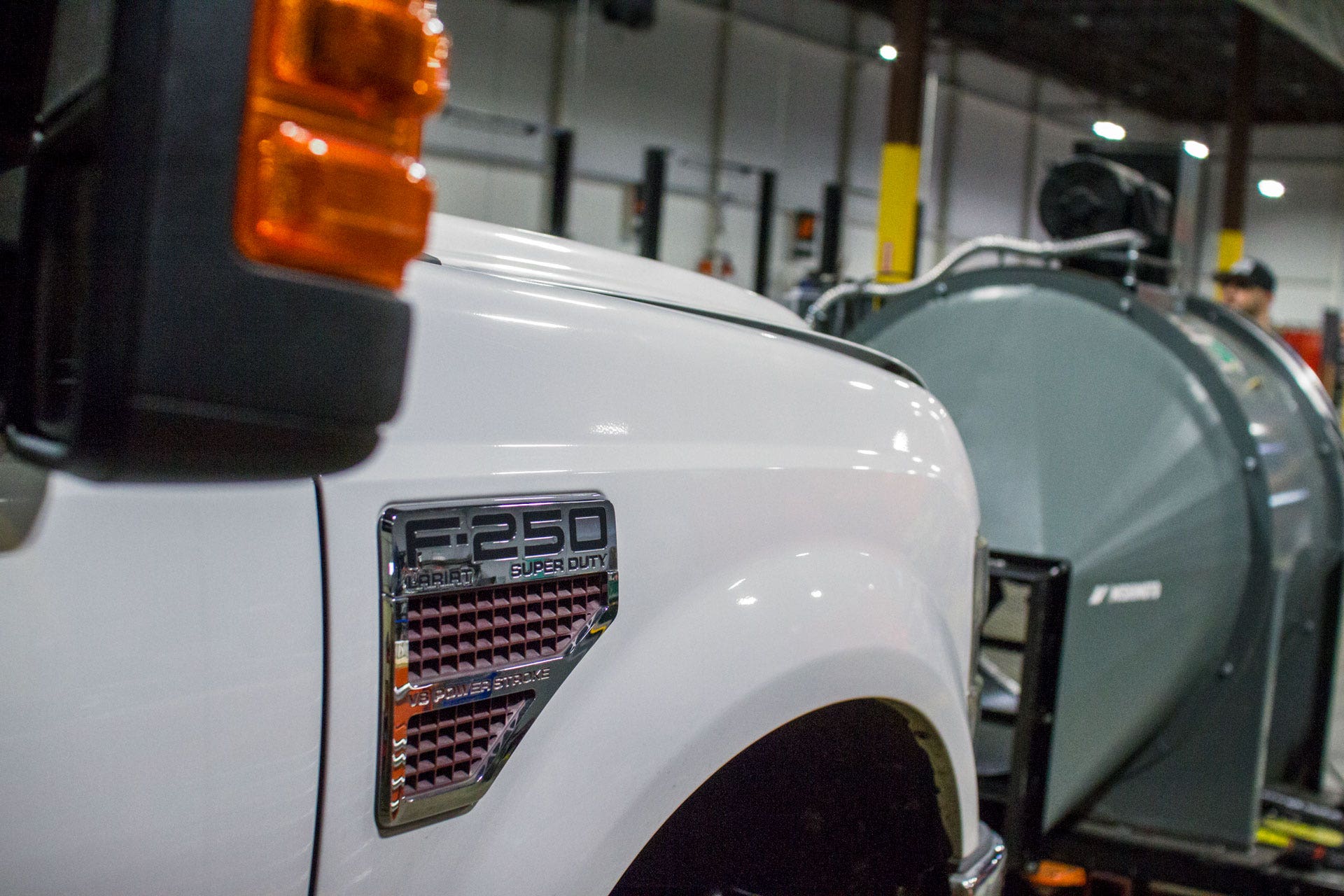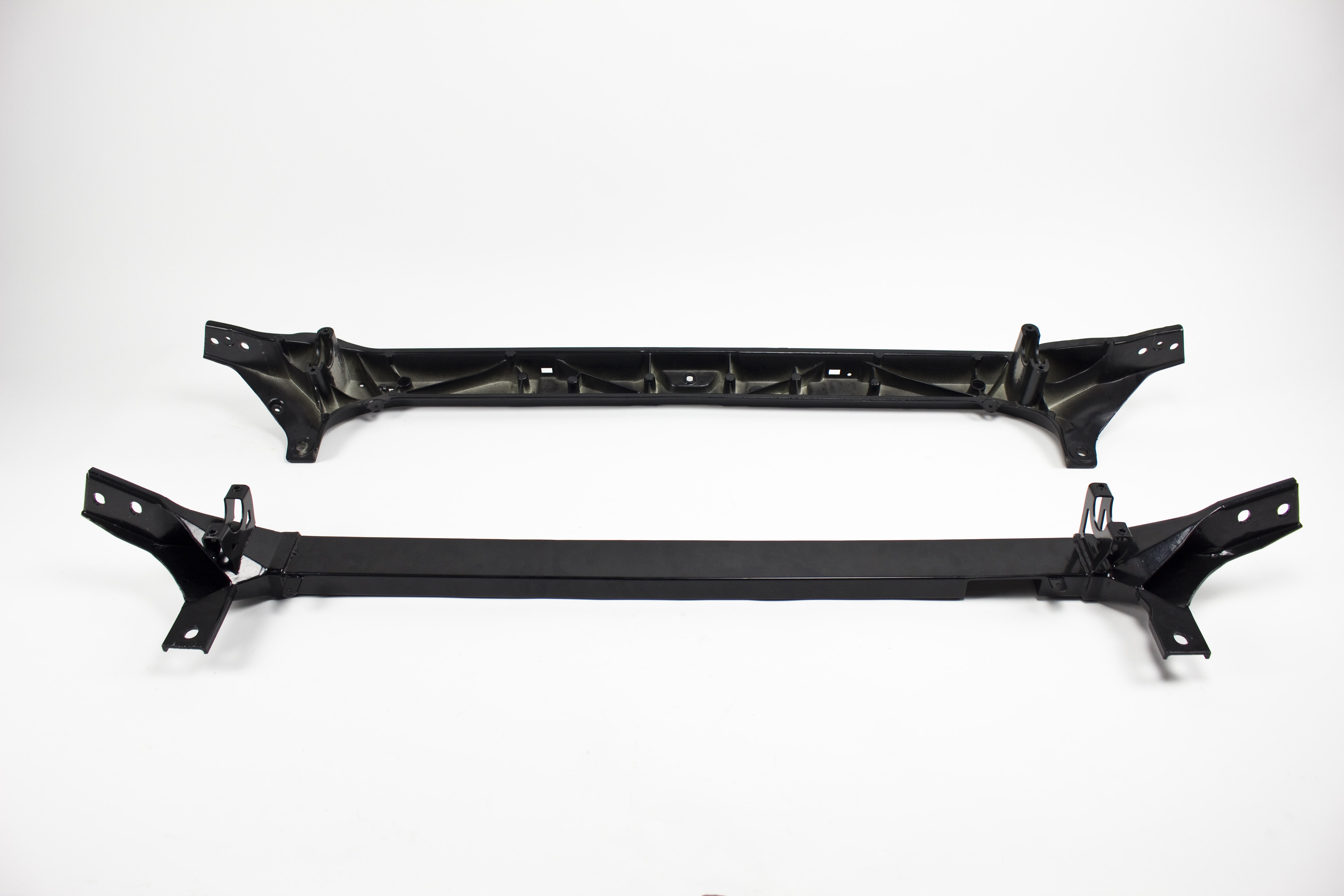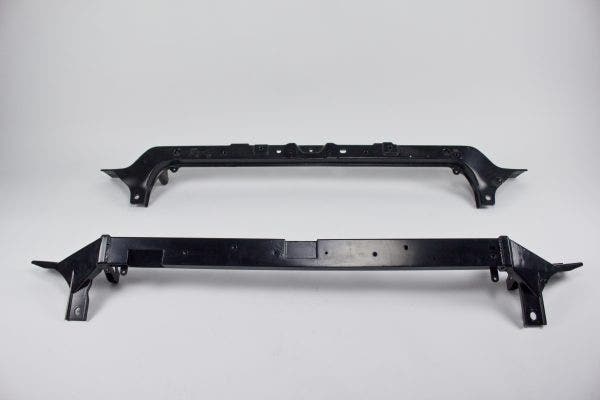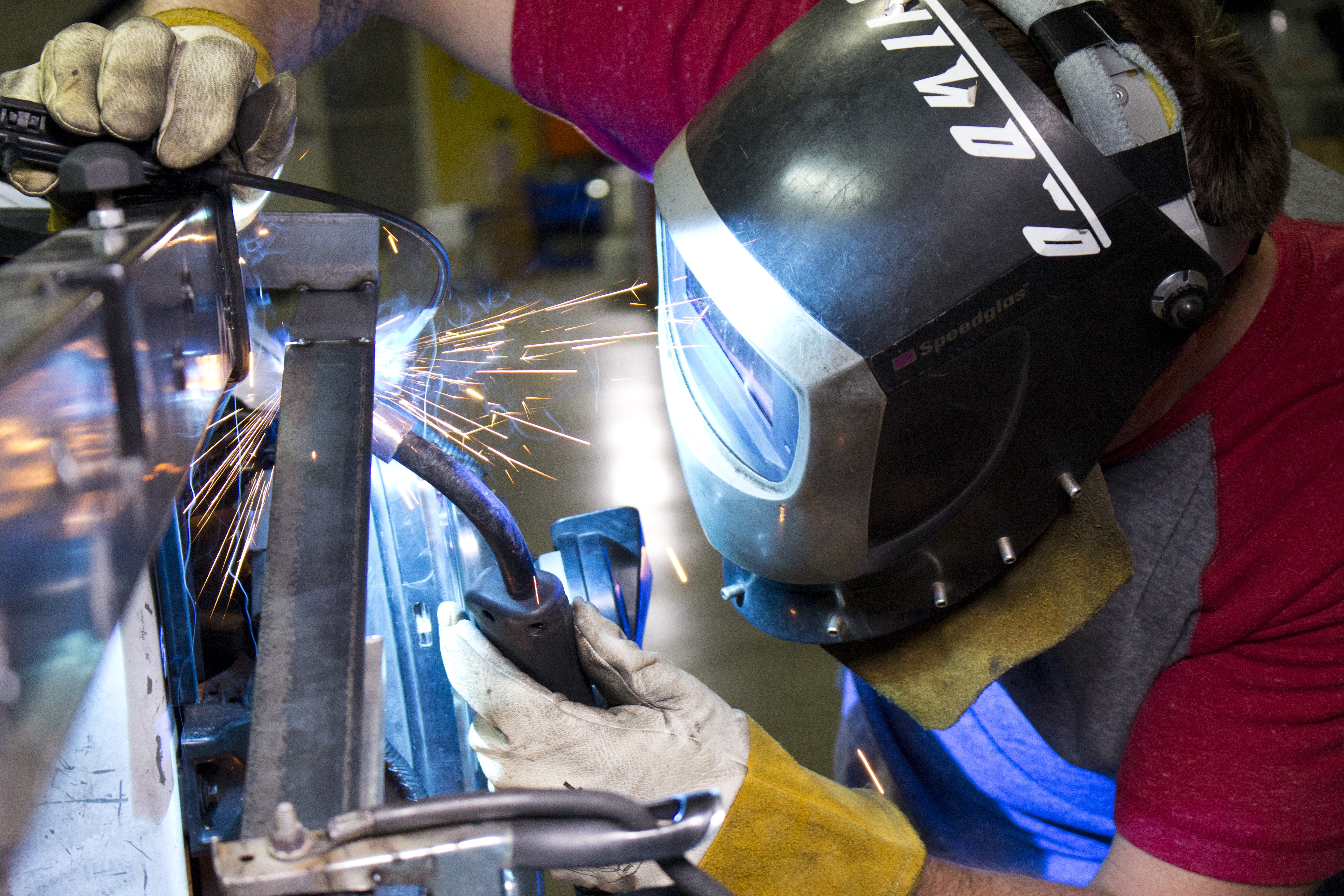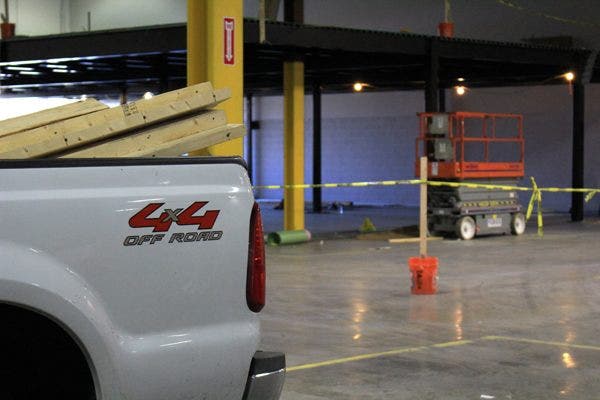If you're like most 6.4L Powerstroke owners, your truck is your livelihood. It gets you around, carries your tools, tows your equipment, and anything else you need to get the job done. You rely on your 6.4L every day and want to keep it healthy, but your 6.4L isn't as diligent about its own well-being.
Like all modern internal combustion engines, the 6.4L Powerstroke generates blow-by. This blow-by is made of carbon, oil, fuel, and water vapors that leak past the piston rings during combustion. Blow-by can be extremely detrimental to the bottom end of an engine if left unvented. The pressure from blow-by buildup can push out seals and reduce engine power. The corrosive nature of blow-by can also damage engine bearings and reduce oil life. To get the blow-by out of the bottom end, modern engines (including the 6.4L) utilize a crankcase ventilation (CCV) system.
